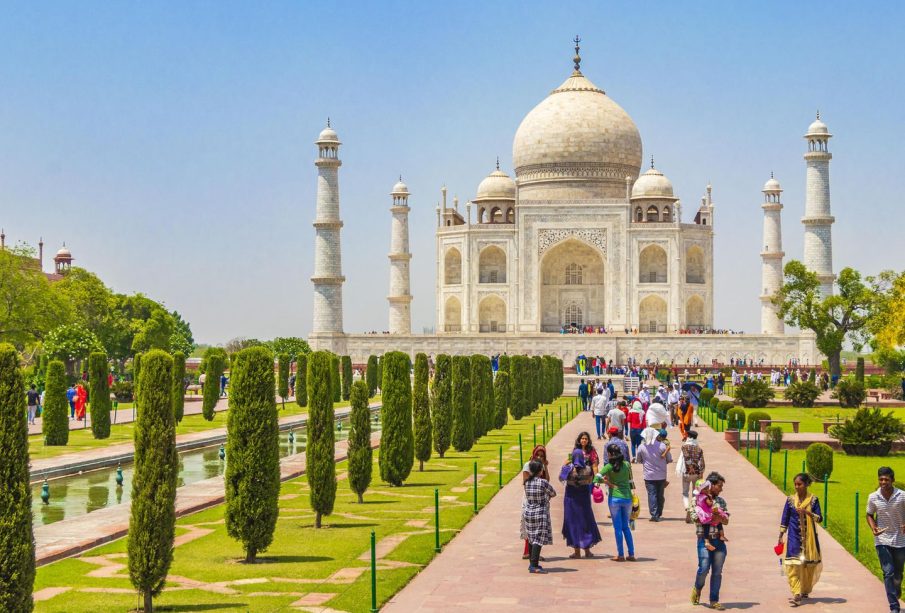The Taj Mahal: An Icon of Love and Architecture

Introduction
The Taj Mahal, an iconic mausoleum located in Agra, India, is not just a testament to Mughal architecture but also a symbol of eternal love. Built between 1632 and 1653 under the orders of Emperor Shah Jahan in memory of his wife Mumtaz Mahal, it represents a unique blend of Persian, Islamic, and Indian architectural styles. As a UNESCO World Heritage site and one of the Seven Wonders of the World, the Taj Mahal attracts millions of visitors each year, underscoring its significance in both historical and modern contexts.
Historical Background
The construction of the Taj Mahal began in 1632, and artisans from all over India and Central Asia were employed for this ambitious project. The structure is made of white marble inlaid with semi-precious stones, an exquisite craftsmanship that has mesmerized many. Its mesmerizing beauty and intricate details reflect the high point of Mughal architecture. The central dome, surrounded by four smaller domes and a beautifully landscaped garden, embodies the vision of paradise.
Current Events and Preservation Efforts
In recent news, the Taj Mahal has been the focus of various preservation efforts, receiving significant attention due to the challenges posed by pollution and tourism. In October 2023, the Archaeological Survey of India announced a new initiative aimed at reducing environmental damage and protecting this historic site for future generations. Measures include implementing strict visitor guidelines, increasing surveillance against pollution sources, and enhancing landscaping around the monument.
Significance for Visitors
The Taj Mahal is not only a site for sightseeing but serves as a poignant reminder of the love story of Shah Jahan and Mumtaz Mahal. Its significance lies in the narratives it encourages among visitors from around the world, emphasizing themes of love, loss, and architectural achievement. As global tourism recovers after the pandemic, interest in visiting cultural landmarks like the Taj Mahal has surged, which highlights the importance of maintaining and promoting historical treasures.
Conclusion
The Taj Mahal stands as a monument to human artistry and devotion and will continue to be a focal point for cultural tourism. Ongoing preservation efforts are vital to ensure its beauty and historical value endure for future generations. As the world increasingly focuses on sustainable tourism, the Taj Mahal remains a pivotal site where history, architecture, and love converge, demonstrating its lasting significance and relevance in today’s society.









